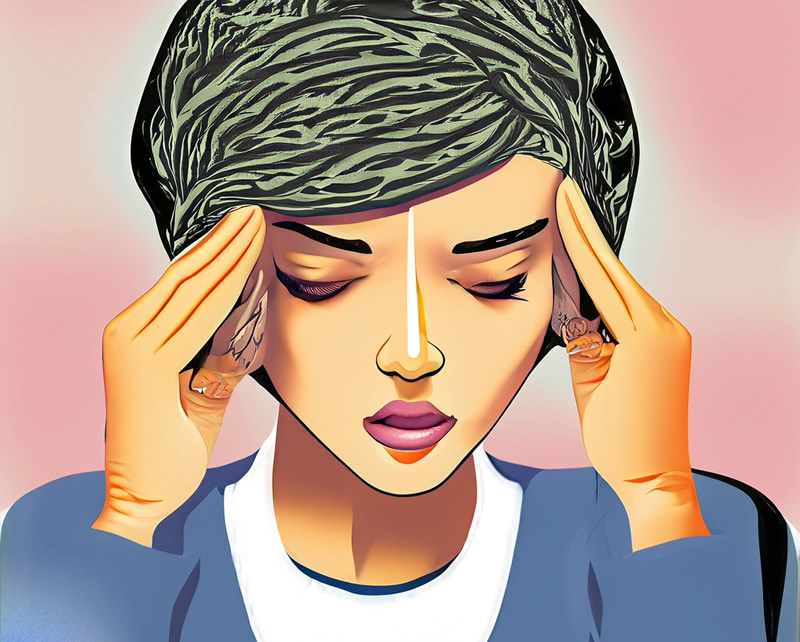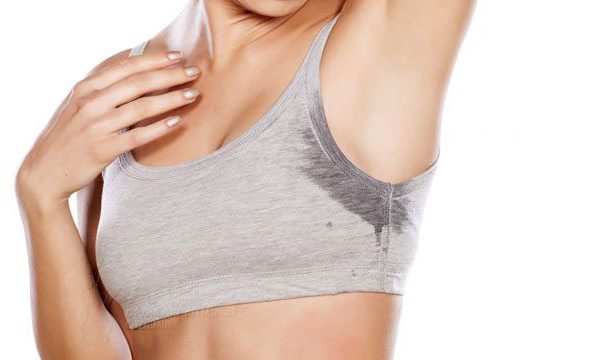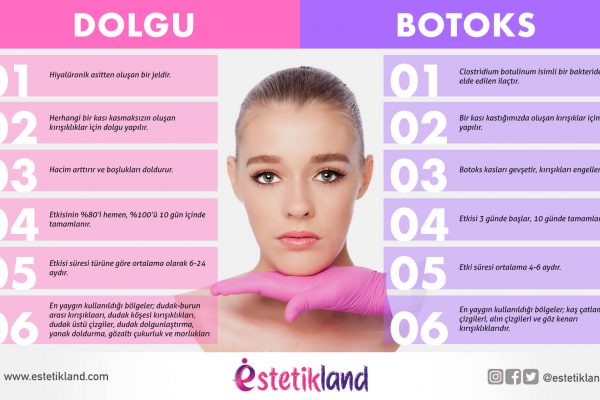Migraine is a neurological condition that affects millions of people worldwide. It is characterized by severe headaches, often accompanied by other symptoms such as nausea, sensitivity to light and sound, and visual disturbances.
For many individuals, migraines can be debilitating and have a significant impact on their quality of life. While there are various treatment options available, one method that has gained popularity in recent years is the use of Botox injections. In this comprehensive guide, we will explore how Botox helps with migraine relief, its mechanism of action, effectiveness, potential side effects, and more.

Understanding Migraine
Before delving into the details of how Botox can provide relief for migraines, it is crucial to have a basic understanding of this condition. A complex neurological condition called migraine involves aberrant brain activity that affects the nerves, blood vessels, and other parts of the brain. Although the precise etiology of migraines is still unknown, it is believed to be a result of both genetic and environmental factors.
Recurrent headaches that might continue for a few hours to several days are a common symptom of migraines. Along with severe pain, migraines can also result in symptoms including light and sound sensitivity, nausea, vomiting, and vision abnormalities. Individual differences exist in the frequency and intensity of migraines, with some people having sporadic attacks and others living with chronic headaches that happen more frequently.
Botox as a Treatment Option
Botox, which stands for botulinum toxin, is frequently used for aesthetic purposes like erasing wrinkles and fine lines. It has been discovered to be successful in treating a number of illnesses, including chronic migraines. The U.S. Food and Drug Administration (FDA) authorized Botox’s usage as a preventive measure for chronic migraines in 2010.
Botox is utilized as a preventive approach, as opposed to acute therapies, which are used to relieve symptoms during a migraine episode. It is often advised for people whose monthly migraine frequency is at least 15, and whose episodes last at least four hours. Botox injections are often given by a medical expert every 12 weeks to treat migraines.
Mechanism of Action
Uncertainty still exists regarding the precise mechanism by which Botox relieves migraines. However, scientists think it functions by preventing the release of specific molecules involved in transmitting pain. A neurotoxin known as Botox causes muscles in the treated area to temporarily become weak or paralyzed.
Botox may lessen muscle tension and inflammation when injected into particular locations around the head and neck. These conditions are thought to be contributing factors in migraines. Botox may aid in preventing the onset of migraines or lessen their intensity by inhibiting the release of specific neurotransmitters and lowering muscular activity.
Studies and Research
Extensive research has been conducted to evaluate the effectiveness of Botox in the treatment of migraines. Clinical trials have shown positive results, demonstrating that Botox injections can significantly reduce the frequency and severity of migraines in many individuals.
One landmark study published in the Journal of the American Medical Association (JAMA) involved over 1,300 participants with chronic migraines. The study found that those who received Botox injections experienced fewer headache days per month compared to those who received a placebo. Furthermore, the study showed that Botox was generally well-tolerated, with minimal side effects.
Effectiveness and Success Rates
The effectiveness of Botox in the treatment of migraines can vary from person to person. While some individuals may experience significant relief, others may not see as much improvement. According to the American Migraine Foundation, Botox injections can lead to a 50% or more reduction in the frequency of migraines for about half of the patients who receive treatment.
It is important to note that the full benefits of Botox treatment for migraines may not be immediately noticeable. It may take several weeks or even months for the effects to become evident. Therefore, consistency with the treatment schedule is essential to gauge its effectiveness accurately.
How Does Botox Help with Migraine?
The mechanism of how Botox helps migraines is still not fully understood. However, researchers believe it works by blocking the release of certain chemicals involved in pain transmission. Botox is a neurotoxin that temporarily paralyzes or weakens the muscles in the treated area.
Which Areas are Injected with Botox for Migraine Treatment?
When Botox is used to treat migraines, injections are typically administered into specific muscle groups in the head, neck and upper back. The goal of these injections is to reduce muscle tension and nerve sensitivity that can contribute to migraines. The exact injection sites may vary based on individual patient assessment, but here are some common areas where Botox injections for migraine treatment are often administered:
- Forehead: Botox injections can be administered into the forehead muscles to target tension in this area, which can be associated with certain types of migraines.
- Temporal Area: Injections around the temples can help relieve tension and discomfort that can contribute to migraines.
- Between the Eyebrows: Often referred to as the “glabellar area,” this area can also be targeted with Botox injections to reduce muscle tension and nerve sensitivity.
- Back of the Head (Occipital Region): Injections into the muscles at the base of the skull can help relieve tension that can trigger migraines.
- Neck Muscles: Botox injections into the neck muscles, especially the trapezius muscles, can help reduce muscle tension and tightness that can contribute to migraines.
- Upper Back: In some cases, injections can be administered into the muscles of the upper back to relieve muscle tension that can radiate into the head and contribute to migraines.
After receiving Botox treatment for migraines, it is important to note some situations that you should avoid in order to achieve the best results and minimize possible side effects.
The Benefits of Botox for Migraine
The use of Botox for migraines offers several benefits for individuals who suffer from chronic migraines:
- Reduced frequency and severity of migraines: Clinical studies have shown that Botox injections can lead to a significant decrease in the number of headache days per month.
- Improved quality of life: By reducing the intensity and frequency of migraines, Botox treatment can greatly improve the quality of life for individuals who have been living with chronic migraines.
- Long-lasting effects: Botox injections for migraines are typically administered every 12 weeks, providing months of relief compared to acute treatments that only offer immediate, short-term relief.
- Non-medication option: Botox offers an alternative treatment option for individuals who are unable to tolerate or prefer not to take migraine medications.
Potential Side Effects
While Botox injections for migraines are generally considered safe and well-tolerated, there can be potential side effects. Some individuals may experience mild discomfort at the injection sites, temporary muscle weakness, or flu-like symptoms following the procedure. These side effects are usually mild and resolve on their own within a few days.
In rare cases, more serious side effects can occur, such as difficulty swallowing, breathing problems, or allergic reactions. It is important to consult with a healthcare professional and discuss any concerns or pre-existing conditions before considering Botox as a treatment option.
Conclusion
Botox injections have emerged as a valuable treatment option for individuals suffering from chronic migraines. While the exact mechanism of action is still being researched, clinical trials have shown promising results in reducing the frequency and severity of migraines. The use of Botox offers a non-medication option that can significantly improve the quality of life for those who have been burdened by chronic migraines.



